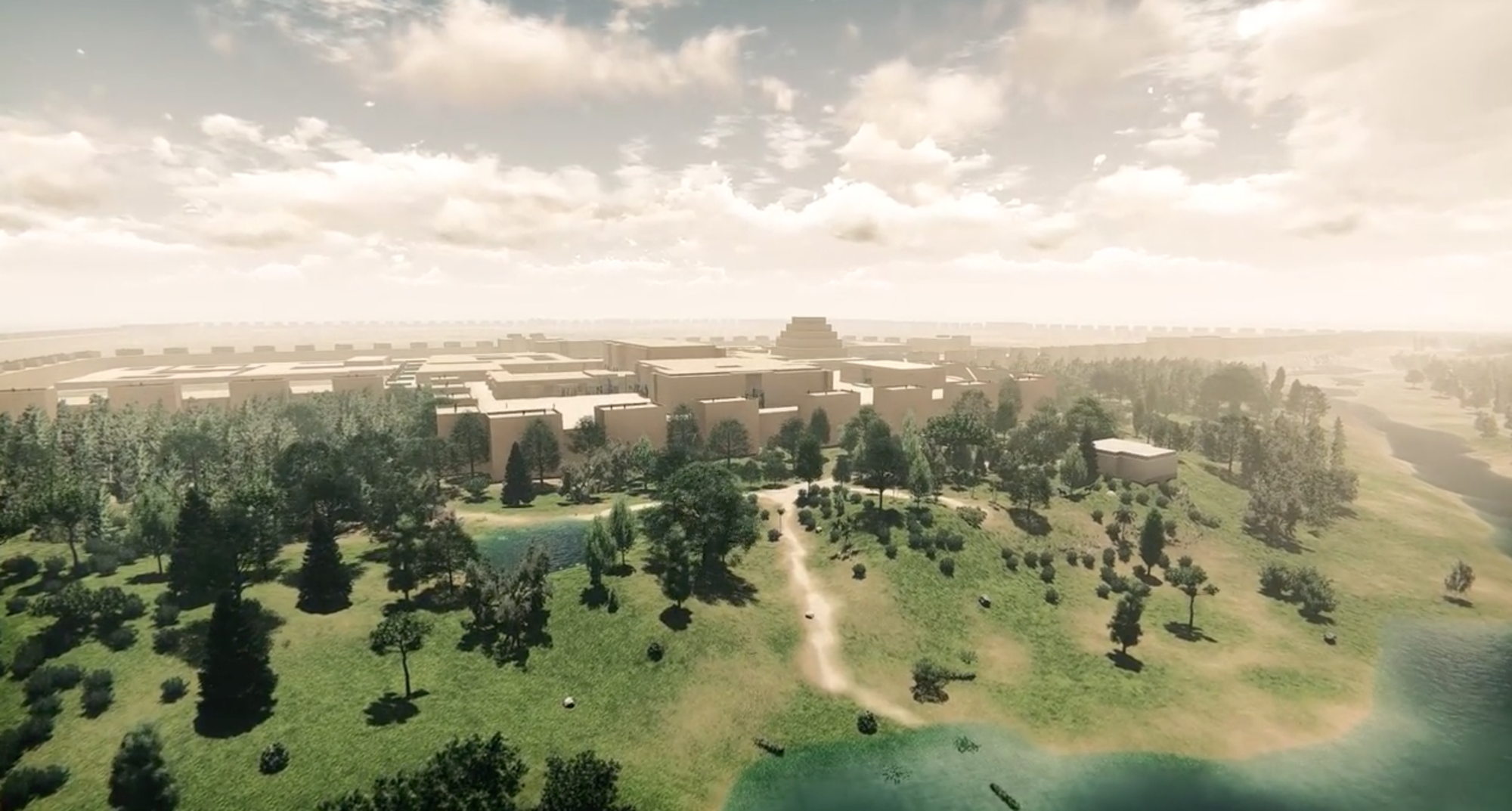
- Home
- Explore the site
- The excavation campaigns of the Oriental Institute of Chicago
The Oriental Institute of Chicago
The Oriental Institute of the University of Chicago (OIC) was founded in 1919 to give American archaeologists the opportunity to work in the Near East. Its first president was James Henry Breasted. The Iraq Expedition, in 1929, reopened the site at Khorsabad. The excavations took place over six seasons. The first three, between 1929 and 1932, were led by Edward Chiera, and the remaining three by Henry Frankfort and Gordon Loud between 1932 and 1935.
Scientific goals
Resuming work at a site that had not been excavated since the mid-19th century, the OIC team aimed primarily to study the architecture of the palace and the city as a whole. Although they unearthed very few objects, they nonetheless gained valuable insights into the ground plans, construction methods and functions of its buildings. One major change was made to the plan of the city walls, which Victor Place had imagined as more orthogonal than they actually were.
Discoveries
The OIC uncovered additional reliefs and bulls along with small artefacts such as bronze decorations and ivories. One of the most spectacular discoveries was a monumental painting almost 13 metres high in the hall of Residence K. As the wall had fallen forward, the colours had been preserved and adhered to the ground. Although they were unable to remove the painted plaster, the research team did make a copy of the scene. The excavated artefacts were sent to the OIC museum, which today holds the largest Mesopotamian collection in the United States.


